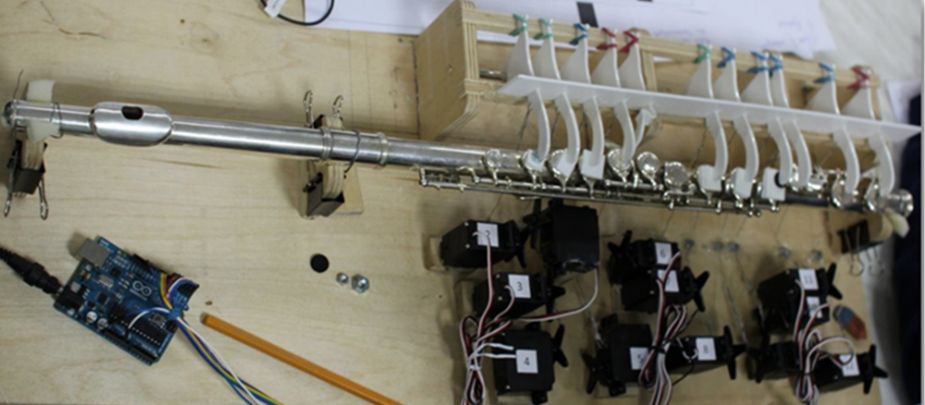Since Rousseau’s invention of childhood (Rousseau, 1961), progressive education theorists have been questioning the prevalent assumptions of their time regarding the project of education, and have been prescribing more experiential, student-centered approaches. The idea that education should be more experiential and connected to real-world objects is originally attributed to John Dewey but also to many other scholars and innovators (Dewey, 1902; Freudenthal, 1973; Fröbel & Hailmann, 1901; Montessori, 1964, 1965; von Glasersfeld, 1984).
Critical pedagogy scholars (Freire, 1974; Illich, 1970), Freire in particular, criticized school’s “banking education” approach and the decontextualization of curriculum. Freire introduced the idea of culturally meaningful curriculum construction, in which designers get inspiration from the local culture toward creating “generative themes” with members of these cultures. Freire was also an advocate for education as a form of empowerment, and argued that learners should go from the “consciousness of the real” to the “consciousness of the possible” as they perceive the “viable new alternatives” beyond “limitingsituations” (Freire, 1974).
Therefore, students’ projects should be deeply connected with meaningful problems, either at a personal or community level, and designing solutions to those problems would become both educational and empowering (Blikstein, 2008; Cavallo, 2000).
Seymour Papert shares Paulo Freire’s enthusiasm for unleashing the latent learning potential of students by providing environments in which their passions and interests thrive. A mathematician by training, who then worked with Jean Piaget for many years, Papert pioneered the use of digital technologies in education. Yet Papert’s reasons for advocating the use of computers in education are far from technocentric (Papert, 1987)—some of his motivations are very similar to Freire’s. Papert’s Constructionism builds upon Piaget’s Constructivism and claims that the construction of knowledge happens remarkably well when students build, make, and publicly share objects. His theory is at the very core of what “making” and digital fabrication mean for education, and underlie what many enthusiasts of the “maker movement” propose—even if many are not aware of it. Papert’s words describe precisely the relationship between making and learning: “Construction that takes place ‘in the head’ often happens especially felicitously when it is supported by construction of a more public sort “in the world” – a sand castle or a cake, a Lego house or a corporation, a computer program, a poem, or a theory of the universe.
Part of what I mean by ‘in the world’ is that the product can be shown, discussed, examined, probed, and admired […] It attaches special importance to the role of constructions in the world as a support for those in the head, thereby becoming less of a purely mentalist doctrine.” (Papert, 1980, p. 142).
Papert advocates technology in schools not as a way to optimize traditional education, but rather as an emancipatory tool that puts the most powerful construction materials in the hands of children—again, another idea that inspired the resurgence of the ‘maker’ sensibilities. These protean machines which would enable students to design, engineer, and construct would cater to many forms of working, expressing, and building. This chameleonesque adaptivity, which is embedded in technology, permits the acknowledgement and embracing of different learning styles and epistemologies, engendering a convivial environment in which students can concretize their ideas and projects with intense personal engagement. In a typical Constructionist learning environment, there is rarely a fixed curriculum.
Children use technology to build projects, and teachers act as facilitators of the process. The Logo programming language was the first attempt in education to demonstrate that the computer is not only an information and communication device, but also an expressive tool for construction and selfexpression. In the early nineties, Papert, Mitchel Resnick and Fred Martin extended the powerful ideas of Logo to the physical world by making robotics accessible to children through the Lego Mindstorms kit and the Cricket (Martin, 1994; Martin & Resnick, 1993), and together with collaborators did extensive work on robotics and ‘making’ workshops using microcontrollers and sensors (Resnick, Berg, & Eisenberg, 2000). Sipitakiat and Blikstein extended this work to developing countries and low-income communities by working with low-cost hardware as well as repurposed materials (Blikstein, 2008; Sipitakiat, 2000; Sipitakiat, Blikstein, & Cavallo, 2002, 2004).
More recently, new developments are putting cutting-edge hardware and software in the hands of children to conduct advanced scientific explorations (Blikstein, 2010; Blikstein, Fuhrmann, Greene, & Salehi, 2012), create interactive textiles (Buechley, 2006; Buechley & Eisenberg, 2008; Buechley, Eisenberg, Catchen, & Crockett, 2008), build electronic jewelry (Perner-Wilson, Buechley, & Satomi, 2011; Sylvan, 2005), design participatory simulations and games (Wilensky & Stroup, 1999), program videogames (Millner & Resnick, 2005; Kafai, 1995), design virtual robotic systems (Berland, 2008; Berland & Wilensky, 2006), create sophisticated 3D worlds and games through programming (Cooper, Dann, & Pausch, 2000), build new types of cybernetic creatures (Raffle, Parkes, & Ishii, 2004; Schweikardt & Gross, 2006) and explore environmental science and geographical information systems (Edelson, 2000).
These toolkits and technologies prepared the ground for the popularity of the ‘maker’ movement and digital fabrication. They showed that it was possible to engage children in complex uses of technology, that those same children could actively construct with technology rather than just consume technological products. They revealed how the ideas and intellectual passions of children could be powerful and generative, and that the perceived difficulties of many of those tasks were due to deficient design rather than learners’ cognitive deficiencies. Rather than random developments, these new technologies, materials, and toolkits were deeply influenced by the theoretical constructs put forth by Dewey, Papert, and Freire, around constructive uses of technology, culturally-aware education, experiential learning, and interest-driven curricula.

